Consider the below two diagrams. The top one contains a plain arrow at the right end, and the bottom one contains an arrow with a diamond at the left end and a plain arrow at the right end. The great book GoF has usages of both of these two kinds of diagrams.
I want to understand what does the diamond signify in the second case, and which one of these two gives a stronger association between Customer and Order.
Is the Customer class responsible for the lifecycle of Order class in either of the two cases?

